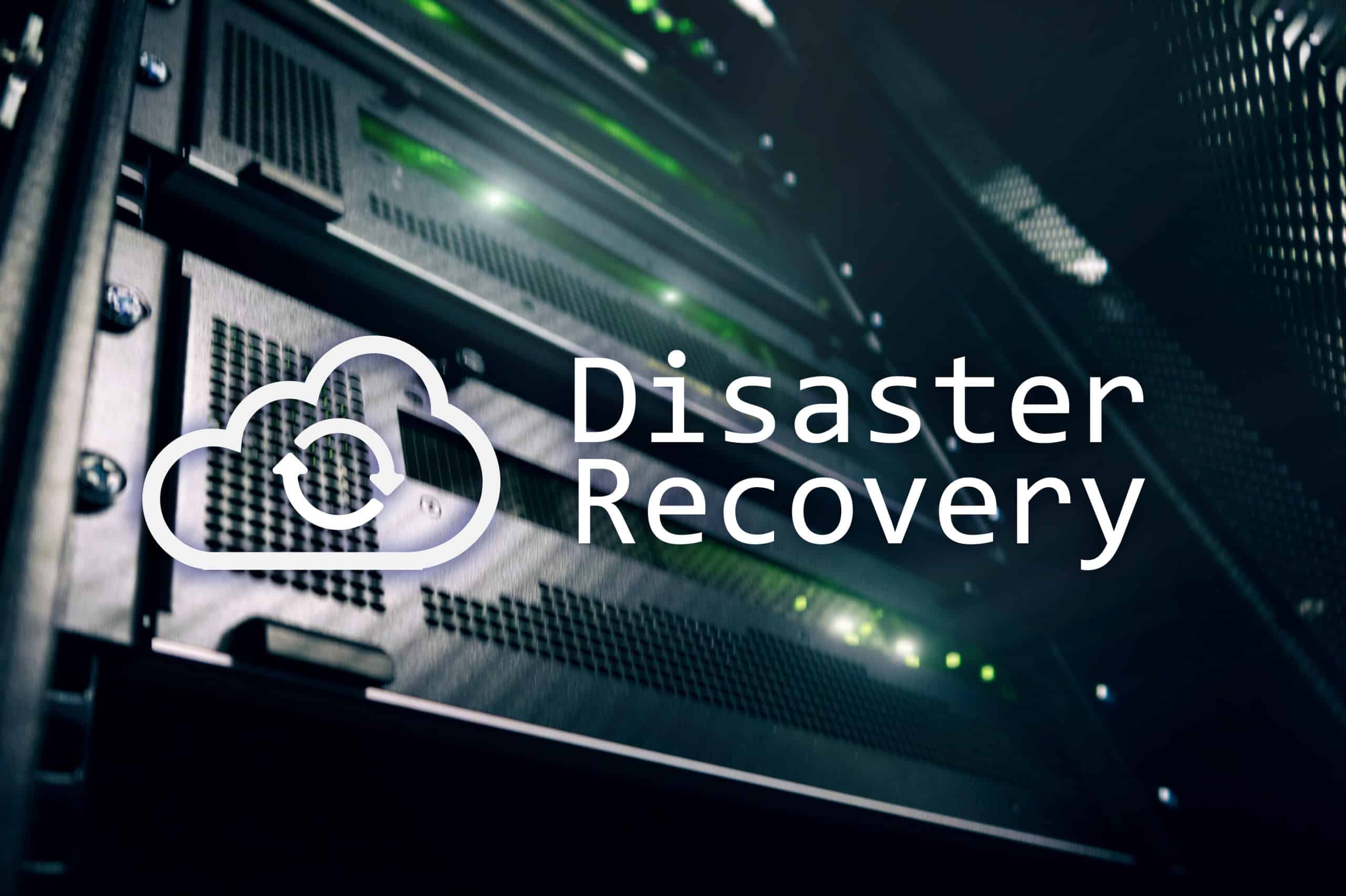Data backup is often one of those things that’s left on “autopilot” and not really thought about much until there is some type of data loss emergency.
Then, suddenly backup and disaster recovery jumps to the top of the priority list, and if it hasn’t been handled well, a company can be facing an expensive data loss incident.
The average failure rate for backing up all business data successfully is 75%. Unfortunately, many DFW businesses make common backup and disaster recovery mistakes that they only realize once they need a backup and it’s not there.
Data loss disasters can come out of nowhere, meaning that companies need to make backup and recovery a high priority all the time, not just when an emergency strikes.
Some of the ways that companies lose their data unexpectedly include:
- Ransomware
- Natural disaster (hurricane, storm, etc.)
- Manmade disaster (fire, plumbing-related flood, etc.)
- Hard drive crash
- User error (accidental deletion or overwrite)
- Malicious deletion
- Cyber attack
- Software glitch or syncing problem
Companies are often at a standstill when they lose their data, which results in costly downtime and expensive costs for data recreation. It’s vital to have a solid disaster recovery plan in place to ensure business resiliency in the face of the unexpected, at the center of which is a good backup & recovery software.
Backup & Recovery Mistakes to Avoid
The reason the failure rate is so high for backing up all business data is because of the common mistakes that companies often make when it comes to their backup and disaster recovery process.
Here are several that you want to avoid.
Turning the Backup On and Forgetting About It
Backups can hit all types of snags that cause them to stop capturing data. These can include:
- Running out of space
- User accidentally turning backup off
- Software glitch
- Subscription renewal didn’t go through
Many users just turn the backup on when they first sign up for the app, but then never bother to check on it regularly. So, if it hits one of those snags, they don’t realize it until it’s too late and they’ve suffered data loss.
It’s important to have your backups monitored regularly to ensure they’re continuing to capture data as expected and haven’t run into any problems.
Not Backing Up Data in Microsoft 365, Google Workspace, etc.
Users often mistakenly think that cloud applications and cloud storage is a form of backup or doesn’t need to be backed up separately. But that isn’t the case.
An application like OneDrive or Dropbox, for example, allows users to overwrite or delete files. It’s meant for file storage and sharing but it’s not the same as a computer backup, which captures data and stores it away from your “live’ file.
Microsoft notes in its Services Agreement that users should back up their data separately, stating, “In the event of an outage, you may not be able to retrieve Your Content or Data that you’ve stored. We recommend that you regularly backup Your Content and Data that you store on the Services or store using Third-Party Apps and Services.”
It’s important to include your cloud data when making any data backup and recovery strategy.
Not Paying Attention to the “Recovery” Part of Backup
Not all backups are created equally. Some backups only capture files and folders, but nothing else on your system. More complete backups, called image backups, back up your entire device, operating system, software, files, and all.
Companies often make the mistake of thinking just capturing their files is fine and don’t pay any attention to the recovery part of the backup and recovery process. Then when it’s time to recover from a data loss incident, they realize just how much data goes beyond those files and folders.
Recovery is just as important because a backup is only as good as your ability to restore it to a device.
You want to ensure that any system you use has a fast and complete recovery capability. We use Datto’s backup and disaster recovery solution with clients because its designed to completely backup a device via image backup and restore all data as fast as possible.
Not Backing Up Regularly
An office can generate a lot of data in a week. You have incoming leads, customer orders, plus any internal documents and spreadsheets that may have been created or updated.
If you are only backing up once a week or sporadically, you can end up losing a lot of data if you suffer a hard drive crash a week or longer after your last backup.
Our solution takes a snapshot of your device every 15 minutes to make sure that you’re capturing all critical data and can feel secure in a complete restore no matter when a disaster may strike.
Get a Complete Trouble-Free Backup & Disaster Recovery Solution
Leverage IT Group can put a Datto backup and disaster recovery system in place for your DFW business that ensures your data is safely backed up and easy to restore, anytime, anywhere.
Contact us today to schedule a free consultation. Call (469) 458-0559 or reach us online.

